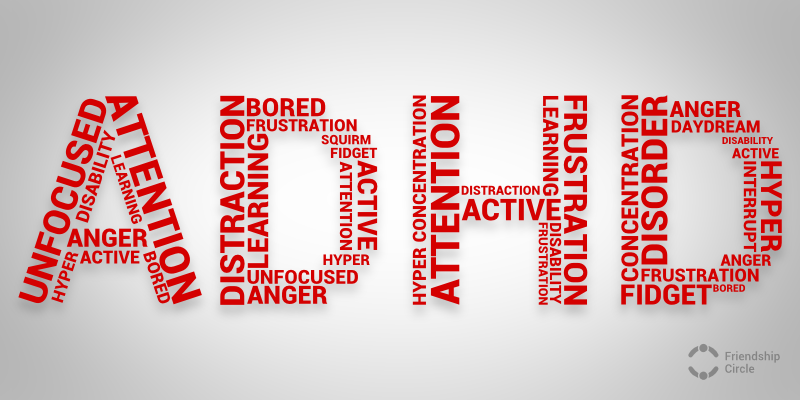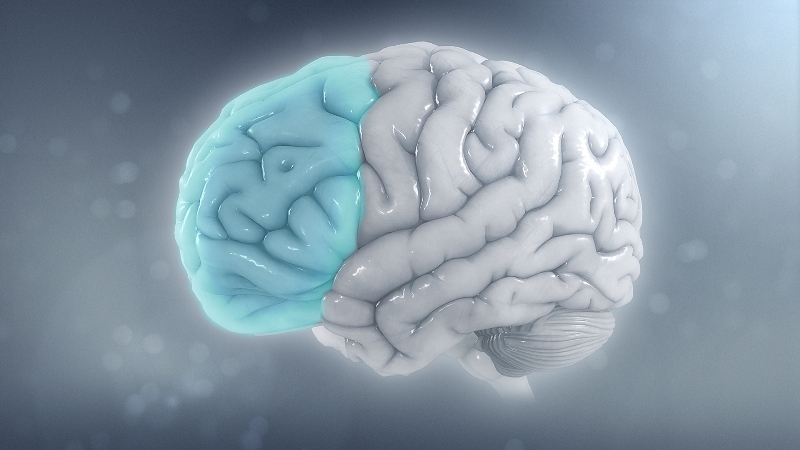What are attention disorders? What are the signs and symptoms that can indicate attention disorder? Is attention disorder always related to hyperactivity? What can be done to help a child with an attention disorder? Does hyperactivity suggest that a child is gifted? What about in adulthood?
You will find answers to these questions in this post.
Attention deficit disorder in children: what is it?
Attention disorders in children generally refer to difficulties in concentrating.
– It is called “attention deficit disorder with or without hyperactivity” (also called ADHD for “Attention Deficit Hyperactivity Disorder” or ADD/ADHD for “Attention Deficit Disorder without Hyperactivity”).
– A distinction is made between disorders with dominant impulsivity and disorders with dominant inattention.
Good to know: Attention Deficit Hyperactivity Disorder is also called “motor instability” or “hyperkinetic syndrome”.
Note: Because there is a higher proportion of hyperactivity among gifted children, it is often assumed that a hyperactive child is a gifted child. Although several signs are the same, these two profiles cannot be confused and must be considered separately. Hyperactivity does not systematically lead to giftedness.
Causes of attention disorders
It seems that attention disorders have a neurobiological origin, and a lack of dopamine, a neurotransmitter, would be the cause.
In addition, a team of French researchers has shown that a genetic variant (SNAP25 gene), by altering a network involved in neurotransmission, was associated with various psychiatric disorders, including hyperactivity and attention disorders.
But there are aggravating factors in the case of childhood trauma and protective factors related to education.
Symptoms of ADHD

The three main signs of attention deficit hyperactivity disorder (ADHD) are
– inattention (the child does not listen when spoken to, is easily distracted);
– hyperactivity (the child is agitated and cannot hold still during calm moments)
– Impulsivity (the child has difficulty waiting and reacts without waiting for instructions).
Be careful to put these signs into perspective, as they are often part of a child’s normal behavior. The symptoms must be observed for at least 6 months to be relevant. It would help to compare the child’s behavior with that of children of the same age.
Good to know: to better diagnose an attention disorder, questionnaires, such as the Conners questionnaire, are used.
An attention disorder is often accompanied by: anxiety disorders, motor disorders, sleep disorders, stuttering, learning difficulties, dyslexia.
Attention deficit disorders: what treatment?
The treatment of attention disorders with medication is very effective, but it should only be used as a last resort. The child should learn about and control their ADD through appropriate therapy, with the help of parents and teachers.
A child with ADHD can be treated after an early screening to avoid complications. Parents must be aware of the specific educational needs and the coordination between education, rehabilitation, care, and pedagogy. School arrangements can be put in place.
Coordination and referral platforms for children with neurodevelopmental disorders welcome young children, for whom a coordinated care pathway must be rapidly initiated. Health Insurance covers the checkups performed as part of this pathway. The decree also stipulates that this pathway will have a duration of one year, renewable once.
Medications used to treat attention disorders.
The main substances used to treat ADD are methylphenidate, amphetamine derivatives, and atomoxetine.
Methylphenidate
Methylphenidate (Ritalin®) is most often used for attention deficit hyperactivity disorder.
– It does not cure but reduces the effects of ADHD. It works by stimulating dopamine activity in the brain, which has the paradoxical effect of calming the child.
– Side effects of methylphenidate include sleep disturbances, loss of appetite, stomach aches, headaches, tics, etc. In addition, according to a Chinese study, methylphenidate is associated with a 4-fold increase in the risk of epileptic seizures in the 30 days following the initiation of treatment.
– Methylphenidate treatment is effective in 70% of patients as long as it is followed.
Good to know: Methylphenidate treatment is non-addictive.
Amphetamine derivatives
When methylphenidate does not seem to work, you may offer other amphetamine-based medications. The effects are similar to those of methylphenidate.
Atomoxetine
Atomoxetine, unlike methylphenidate, is not a stimulant drug. It has the particularity of not influencing sleep and is recommended when methylphenidate causes tics.
Tips for living with ADD
Simple day-to-day tips can help parents and children with ADD, such as:
– Take it one step at a time (one thing at a time) so as not to overload the child’s mind.
– Choose a calm environment, do not multiply the stimuli (television, radio, agitated group).
– Establish a bedtime ritual: get your child used to a quiet time before going to sleep (reading a story, for example) to help him find sleep more easily.
– Give yourself and the family a break before you are exhausted.
– Encourage temporary separation rather than punishment: if you feel you have reached your limit, send the child to his room for a few minutes to allow you and him to calm down
– Identify a difference to value: nurture creativity and motivate your child in his activities, take hyperactivity as a driver rather than a burden.
Good to know: Ashwagandha, used in Ayurvedic medicine, is said to promote attention. This plant can be found in the form of capsules or powder to be taken in three-month cures.
Attention deficit disorder in adulthood
The evolution of an attention disorder is variable:
– It is estimated that in one-third of people with an attention disorder, the symptoms disappear in adulthood.
– It is also observed that one-third of people still have an attention disorder but manage to control it.
– Finally, the remaining third still have an attention disorder but cannot manage it.


